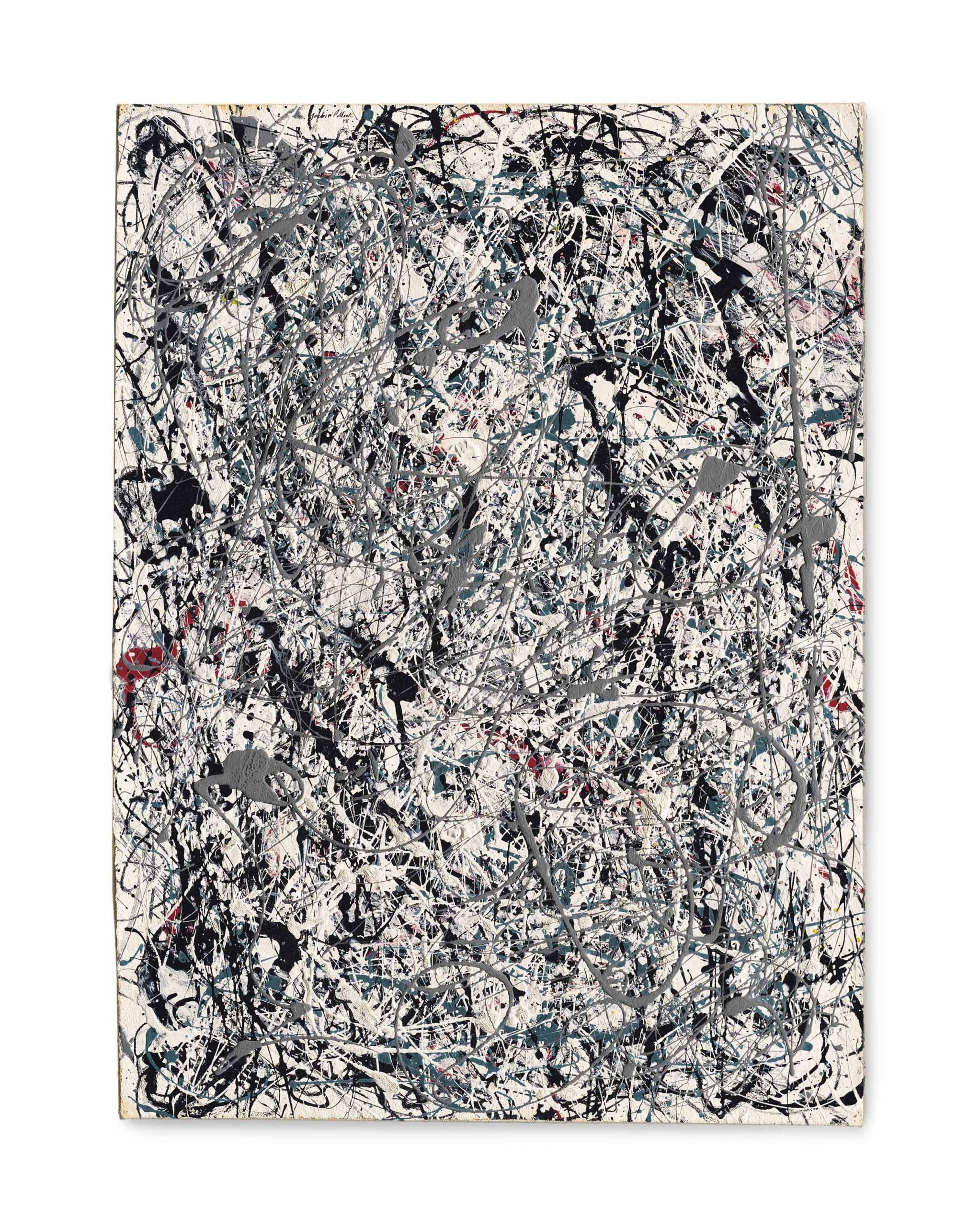
Anders Karlsson, a dealer in rare gems, minerals, and fossils, sued five people and three dealerships in federal court in California on June 11 claiming he lost $2.8 million as a result of “interlocking fraudulent schemes” involving forged works of art attributed to Jackson Pollock and other artists.
Among the defendants named by Karlsson is art collector and dealer Leslie James, a friend and business associate of Karlsson’s for nearly 20 years, who allegedly invited Karlsson to invest in the purchase and restoration of unknown works by various celebrated artists for use in a future book of James’s personal art collection. Karlsson claims that the publication includes copies of artworks that are presented as authentic works by well known artists, but which James knows are forgeries.
Karlsson claims that in 2012 he was induced to pay one of the defendants, Jovian “John” Re, nearly $800,000 for 21 works of art, three of which were supposedly paintings by Jackson Pollock, which turned out to be fake, and one of which was a sculpture by Max Ernst. He was told the Pollock paintings were worth $15 million to $25 million each and the Ernst sculpture was valued between $600,000 to $750,000. Karlsson claims that while he was assured of the authenticity and validity of the artworks in question, he has had limited success authenticating them independently.
Karlsson also asserts that he entered into a joint venture with Raven Art, for which he invested $1 million in a painting purportedly by Jackson Pollock called Lucifer II. As per the agreement, the painting couldn’t be sold for under $30 million unless Karlsson consented in writing. According to the complaint, Karlsson was entitled to the first $1 million of any sale price, plus 23.5 percent of the remainder. Since Karlsson made the purchase, he asserts, Raven Art breached its agreement. Karlsson is seeking compensatory and punitive damages.
This isn’t the first time Karlsson has initiated a legal dispute over his failed attempt to secure an interest in works by Jackson Pollock that turned out to be fake. In January of this year Karlsson brought a suit against multiple defendants (including Gene Ewing and Rene Ovando) in part seeking redress for breach of an agreement whereby Karlsson was to receive 30 percent interest in two ostensibly authentic Jackson Pollock paintings (Drips on White and Drips on Black) that had apparently suffered from fire damage. In exchange, Karlsson would pay $150,000 and cover the cost of restoration. In that suit, he claimed the paintings had been valued at $40 million each in their fire-damaged state, and between $150-$250 million in their restored condition. Those numbers don’t align, however, with Pollock’s record at auction, which as of 2012, as per the artnet Database, was $40 million (for an undamaged work). In May 2013, Pollock’s Number 19 stole the show at Christie’s when it sold for a record $58.4 million, more than doubling its low estimate, and continues to hold Pollock’s auction record.